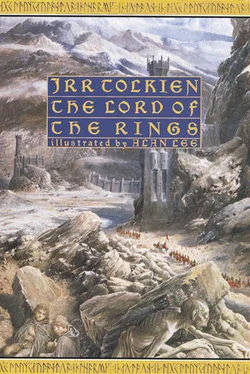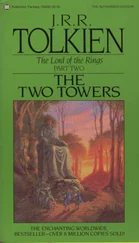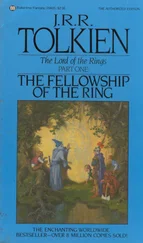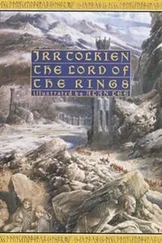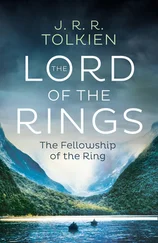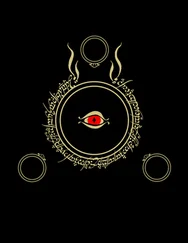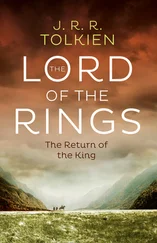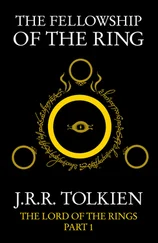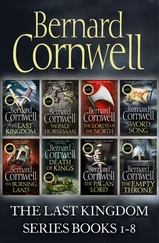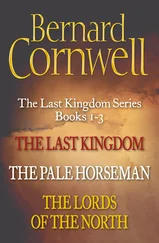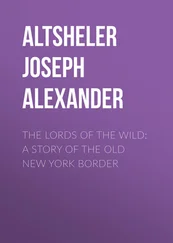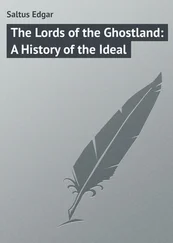The most significant achievement of these volumes is that they show us how Tolkien wrote and thought. Nowhere else do we see the authorial process itself at work in such detail. Tolkien’s hastiest comments about where the story might proceed, or why it can or can’t go such and such a way — these queries to himself were written out: Tolkien is literally thinking on paper. This gives an added dimension of understanding to Tolkien’s comment to Stanley Unwin in a 1963 letter that, when suffering from trouble with his shoulder and right arm, ‘I found not being able to use a pen or pencil as defeating as the loss of her beak would be to a hen.’ And we, as readers of these volumes, can share with Tolkien himself the wonder and bewilderment of new characters appearing as if from nowhere, or of some other sudden change or development, at the very moment of their emergence into the story.
I know of no other instance in literature where we have such a ‘history of the writing’ of a book, told mostly by the author himself, with all the hesitations and false paths laid out before us, sorted out, commented upon, and served up to a reader like a feast. We are shown innumerable instances in the minutest detail of the thought-process itself at work. We see the author fully absorbed in creation for its own sake. And this is all the more exceptional because this is a history not only of the unfolding of a story and its text, but of the evolution of a world. There is an additional wealth of material beyond simple narrative text. There are maps and illustrations. There are languages and writing systems, and the histories of the peoples who spoke and wrote in these systems. All of these additional materials add multiple dimensions of complexity to our appreciation of the invented world itself.
Fifty years into the published life of The Lord of the Rings, it seems extraordinary to me that we have not only such a masterful work of literature but also as a companion to it an unparalleled account of its writing. Our gratitude as readers goes to both of the Tolkiens, father and son.
Douglas A. Anderson
May 2004
NOTE ON THE 50 TH ANNIVERSARY EDITION
In this edition of The Lord of the Rings, prepared for the fiftieth anniversary of its publication, between three and four hundred emendations have been made following an exhaustive review of past editions and printings. The present text is based on the setting of the HarperCollins three-volume hardcover edition of 2002, which in turn was a revision of the HarperCollins reset edition of 1994. As Douglas A. Anderson comments in the preceding ‘Note on the Text’, each of those editions was itself corrected, and each also introduced new errors. At the same time, other errors survived undetected, among them some five dozen which entered as long ago as 1954, in the resetting of The Fellowship of the Ring published as its ‘second impression’.
That the printer had quietly reset The Fellowship of the Ring, and that copies had been issued without proof having been read by the author, never became known to Tolkien; while his publisher, Rayner Unwin, learned of it only thirty-eight years after the fact. Tolkien found a few of the unauthorized changes introduced in the second printing when (probably while preparing the second edition in 1965) he read a copy of the twelfth impression (1962), but thought the errors newly made. These, among others, were corrected in the course of the reprinting. Then in 1992 Eric Thompson, a reader with a keen eye for typographic detail, noticed small differences between the first and second impressions of The Fellowship of the Ring and called them to the attention of the present editors. About one-sixth of the errors that entered in the second printing quickly came to light. Many more were revealed only recently, when Steven M. Frisby used ingenious optical aids to make a comparison of copies of The Lord of the Rings in greater detail than was previously accomplished. We have gladly made full use of Mr Frisby’s results, which he has generously shared and discussed.
In the course of its fifty-year history The Lord of the Rings has had many such readers who have recorded changes made between its various appearances in print, both to document what has gone before and to aid in the achievement of an authoritative text. Errors or possible errors were reported to the author himself or to his publishers, and information on the textual history of the work circulated among Tolkien enthusiasts at least as early as 1966, when Banks Mebane published his ‘Prolegomena to a Variorum Tolkien’ in the fanzine Entmoot. Most notably in later years, Douglas A. Anderson has been in the forefront of efforts to achieve an accurate text of The Lord of the Rings (and of The Hobbit); Christina Scull has published ‘A Preliminary Study of Variations in Editions of The Lord of the Rings’ in Beyond Bree (April and August 1985); Wayne G. Hammond has compiled extensive lists of textual changes in J.R.R. Tolkien: A Descriptive Bibliography (1993); and David Bratman has published an important article, ‘A Corrigenda to The Lord of the Rings’, in the March 1994 number of The Tolkien Collector. The observations of Dainis Bisenieks, Yuval Kfir, Charles Noad, and other readers, sent to us directly or posted in public forums, have also been of service.
Efforts such as these follow the example of the author of The Lord of the Rings during his lifetime. His concern for the textual accuracy and coherence of his work is evident from the many emendations he made in later printings, and from notes he made for other emendations which for one reason or another have not previously (or have only partly) been put into effect. Even late in life, when such labours wearied him, his feelings were clear. On 30 October 1967 he wrote to Joy Hill at George Allen & Unwin, concerning a reader’s query he had received about points in the Appendices to The Lord of the Rings: ‘Personally I have ceased to bother about these minor “discrepancies”, since if the genealogies and calendars etc. lack verisimilitude it is in their general excessive accuracy: as compared with real annals or genealogies! Anyway the slips were few, have now mostly been removed, and the discovery of what remain seems an amusing pastime! But errors in the text are another matter’ (italics ours). In fact Tolkien had not ‘ceased to bother’, and ‘slips’ were dealt with as opportunities arose. These, and the indulgence of his publisher, allowed Tolkien a luxury few authors enjoy: multiple chances not only to correct his text but to improve it, and to further develop the languages, geography, and peoples of Middle-earth.
The fiftieth anniversary of The Lord of the Rings seemed an ideal opportunity to consider the latest (2002) text in light of information we had gathered in the course of decades of work in Tolkien studies, with Steve Frisby’s research at hand, and with an electronic copy of The Lord of the Rings (supplied by HarperCollins) searchable by keyword or phrase. The latter especially allowed us to develop lists of words that varied from one instance to another, and investigate variations in usage, as they stood in the copy-text and relative to earlier editions and printings. Of course Tolkien wrote The Lord of the Rings over so long a period of time, some eighteen years, that inconsistencies in its text were almost inevitable. Christopher Tolkien even observed to us that some apparent inconsistencies of form in his father’s work may even have been deliberate: for instance, although Tolkien carefully distinguished house ‘dwelling’ from House ‘noble family or dynasty’, in two instances he used house in the latter sense but in lower case, perhaps because a capital letter would have detracted from the importance of the adjective with which the word was paired (‘royal house’, ‘golden house’). There can be no doubt, however, that Tolkien attempted to correct inconsistency, no less than outright error, whenever it came to his attention, and it was our opinion, with the advice and agreement of Christopher Tolkien, that an attempt should be made to do so in the anniversary edition, in so far as we could carefully and conservatively distinguish what to emend.
Читать дальше
Конец ознакомительного отрывка
Купить книгу
